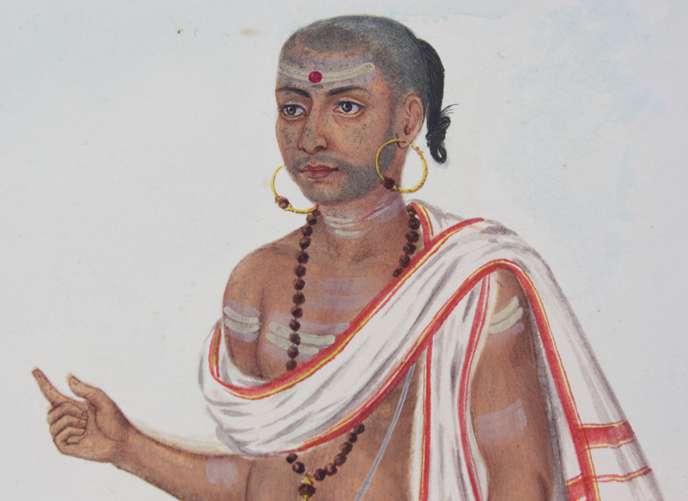FWP:
SETS == MUSHAIRAH
RELIGIONS: {60,2}
The first line leaves us with tantalizingly incomplete grammar, through enjambment; under mushairah performance conditions, we have to wait in suspense to find out what exactly that 'delicate body' is doing that's so mortally unbearable.
Even when we're finally presented with the second line, it begins by misleading us. For the ghazal world is full of imagery about the circles, snares, nooses, etc. of the beloved's curls; the sequence ;xam-e ;halqah evokes all these thoughts in our minds, and we're expecting some such denouement for the verse-- it might even be that the lover's jealousy is so extreme that he can't stand to see the beloved's neck embraced even by her own curls.
In classic mushairah-verse style, the punch-word is withheld until the last possible moment: not until we hear zunnaar are we able to interpret-- and simultaneously obliged to reinterpret-- the verse. Then we notice the many, and richly evocative, meanings of ;xam (see the definition above). With that single word the sacred thread is imagined (1) as a 'bend, curve, crook', as though it were a body that embraced the beloved; (2) as a 'curl, ringlet', as though it were itself a charming ensnarer of lovers (and beloveds); and (3) as a 'noose', reminding us that the beloved is also a murderer and might even carry a convenient rope with her.
The sacred thread is also a symbol of piety and religious devotion-- is the lover jealous of the beloved's apparent love of God? Compare {205,8}, in which the lover can't bear to confide the beloved 'even to the Lord'. For more on the envy/jealousy complexities of rashk , see {53,4}.
Since only male upper-caste Hindus wear the sacred thread,
this verse is one of the small number in which the beloved is unambiguously
male; for the full set, see {9,2}. This is also a verse in which the beloved seems definitely not to be God; for others, see {20,3}.

Nazm:
The beloved is a Hindu, and seeing the sacred thread draped around his neck he feels envy/jealousy. (193)
== Nazm page 193